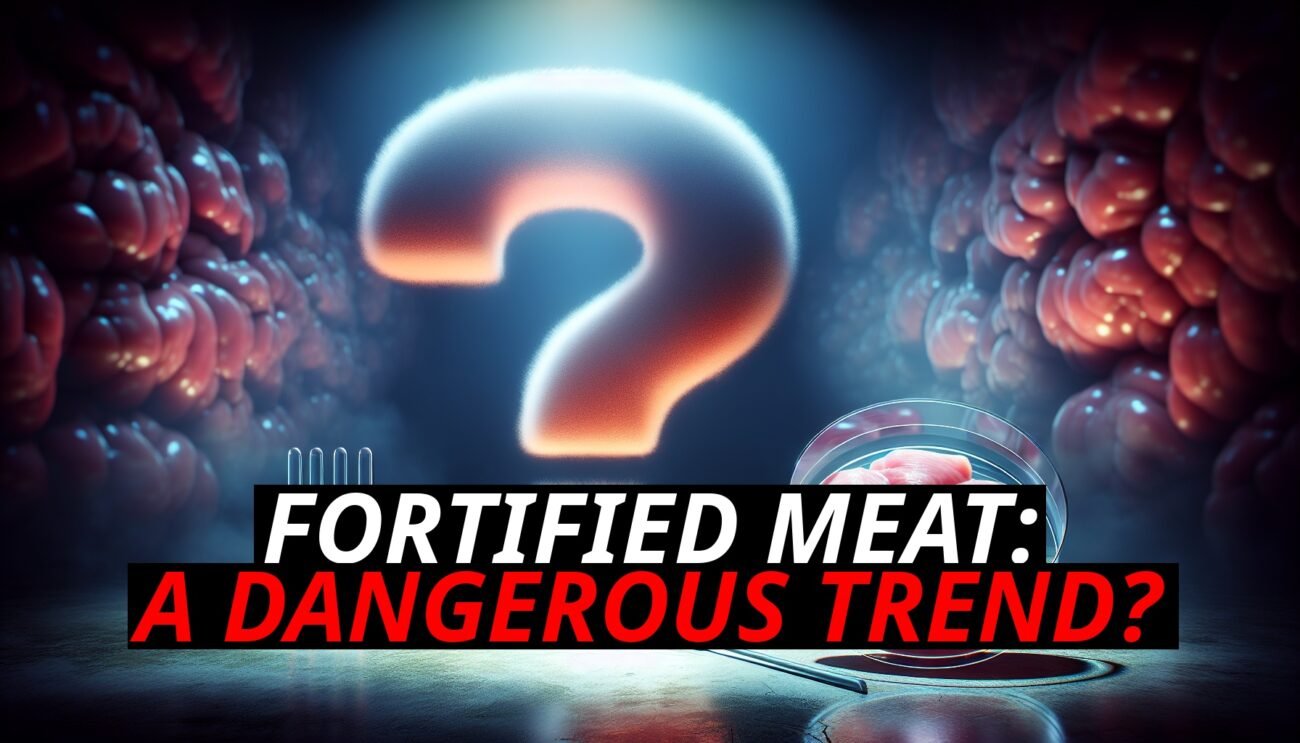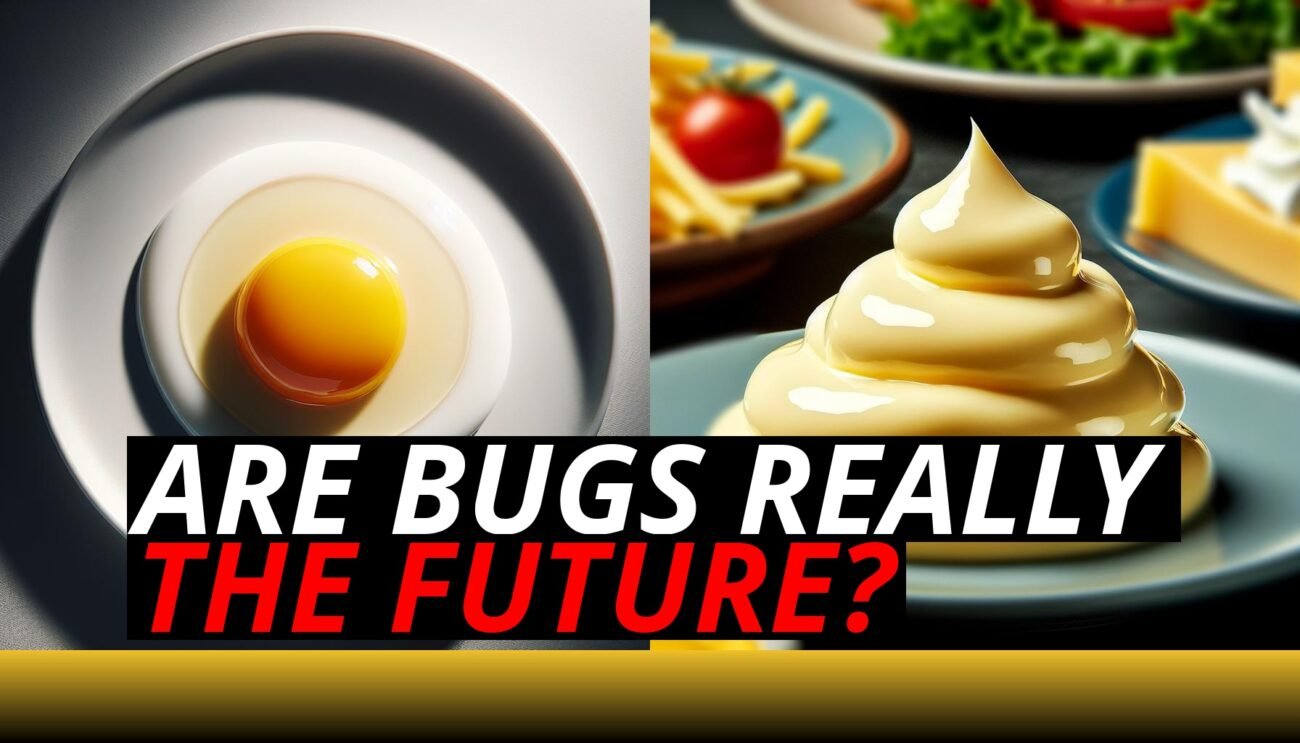Can Lab-Grown Meat Match Nature’S Complexity?
Imagine biting into a juicy burger that didn’t come from a farm but from a lab. The idea of lab-grown meat has stirred up a lot of excitement as a futuristic solution to sustainable eating. It’s hailed for its potential to reduce the environmental impact of meat production and offer an ethical alternative to livestock farming. But one question looms large: Can lab-grown meat really match the nutritional value of traditional meat? Let’s break down the complexities of this comparison to see if lab-grown alternatives can truly rival nature.
The Basics: What’S In Traditional Meat?
Traditional meat is more than just protein. It’s a complex food source packed with essential nutrients that our bodies need. Here’s a quick rundown of what makes up real meat:
- Complete Proteins: Meat provides all nine essential amino acids, which are the building blocks our bodies can’t produce on their own.
- Healthy Fats: Meat contains beneficial fats that are necessary for energy and cellular health.
- Micronutrients: Meat is rich in iron, zinc, vitamin B12, and other essential vitamins and minerals.
- Synergistic Nutrient Interactions: Nutrients in meat work together to enhance absorption and bioavailability. For example, the heme iron in meat is absorbed more efficiently than the non-heme iron found in plants.
This combination of nutrients in traditional meat contributes to a well-rounded diet, supporting various bodily functions from immune health to energy production.
Lab-Grown Meat: Engineering Nutrients
Lab-grown meat, also known as cultured or cultivated meat, is produced by growing animal cells in a controlled environment. While this method can replicate the protein structure of meat, it presents unique challenges when it comes to matching the nutritional profile of real meat.
- Protein Content: Lab-grown meat can be engineered to contain complete proteins, similar to traditional meat.
- Challenges with Fats: Adding the right types and amounts of fat is complex. Real meat contains healthy fats like omega-3s, which are crucial for heart and brain health. Lab-grown meat might need artificial fortification to replicate these benefits.
- Micronutrient Gaps: While scientists can add iron, vitamins, and other nutrients to lab-grown meat, achieving the same bioavailability and absorption as naturally occurring nutrients in traditional meat is difficult.
The main hurdle is that real meat offers a host of micronutrients in forms that are highly absorbable. Replicating this in lab-grown meat without introducing synthetic additives or risking nutrient imbalances is no small task.
The Supplement Dilemma: Lessons From Vitamin Pills
The idea of fortifying lab-grown meat with extra nutrients might sound promising, but there are lessons to be learned from the world of vitamin supplements. Here’s what history shows:
- Nutrient Imbalances: Taking isolated supplements has sometimes led to unintended health issues. For example, calcium supplements without proper balancing of other minerals can cause heart problems.
- Absorption Issues: Vitamins and minerals in supplements are not always as easily absorbed as those in whole foods. This is why most nutritionists recommend getting your nutrients from a varied diet rather than relying on supplements alone.
The potential for nutrient fortification in lab-grown meat carries similar risks. While nutrients can be added, they might not be as effective or safe as their naturally occurring counterparts. The interaction between various components in traditional meat is complex, and science is still working to understand how to replicate this balance in lab-grown alternatives.
The Problem With Iron And Nutrient Absorption
Iron is an essential nutrient that presents a particular challenge in lab-grown meat. Real meat provides heme iron, which is easily absorbed by the body. In contrast, lab-grown meat might need to be fortified with heme or non-heme iron, and the absorption rates could differ:
- Heme Iron Advantage: Found in animal meat, heme iron is more bioavailable than non-heme iron. It’s absorbed efficiently without needing vitamin C or other aids.
- Risks of Fortification: Fortifying lab-grown meat with synthetic iron or other micronutrients can lead to overdosing if not carefully managed, raising the risk of conditions like iron toxicity, especially for those who don’t need extra iron.
This issue extends beyond iron to other essential nutrients like zinc and B vitamins, where bioavailability and safe supplementation levels are critical for maintaining health.
The Fat Factor: Not Just Any Fat Will Do
Real meat contains various types of fat, including beneficial omega-3 and omega-6 fatty acids that support brain and heart health. Achieving the same type of fat profile in lab-grown meat is a complex task:
- Artificial Additives: To mimic the fat content of traditional meat, lab-grown products may need to add artificial or plant-based oils, which might not deliver the same health benefits.
- Flavor and Texture Challenges: Fat also plays a significant role in the taste and mouthfeel of meat. Matching this experience in lab-grown products is another hurdle for food scientists.
Nutritional Synergies: The Missing Element
The nutrients in real meat don’t just exist in isolation; they work together to enhance each other’s absorption and effectiveness. This synergy is difficult to replicate artificially:
- Iron and Vitamin C: While iron in traditional meat is readily absorbed, non-heme iron from plants or supplements often needs vitamin C to boost absorption.
- Zinc and Protein: Zinc found in real meat comes with proteins that aid its bioavailability, ensuring that your body can use it effectively.
Replicating these interactions in lab-grown meat is an ongoing challenge and one that underscores the complexity of nutritional science.
Final Thoughts: Can Science Match Nature?
Lab-grown meat is a marvel of modern technology, and it holds promise for a more sustainable food future. However, when it comes to nutrition, there’s still a gap between what lab-grown alternatives can provide and the natural complexity of traditional meat. The challenges of nutrient bioavailability, fortification risks, and nutrient interactions mean that while lab-grown meat might look like the real thing, replicating its nutritional value is no easy feat.
So, can lab-grown meat truly replace traditional meat in terms of nutrition? Not yet. The journey to matching nature’s intricate nutritional balance is far from over, and until then, the debate about lab-grown meat’s role in our diets will continue.













